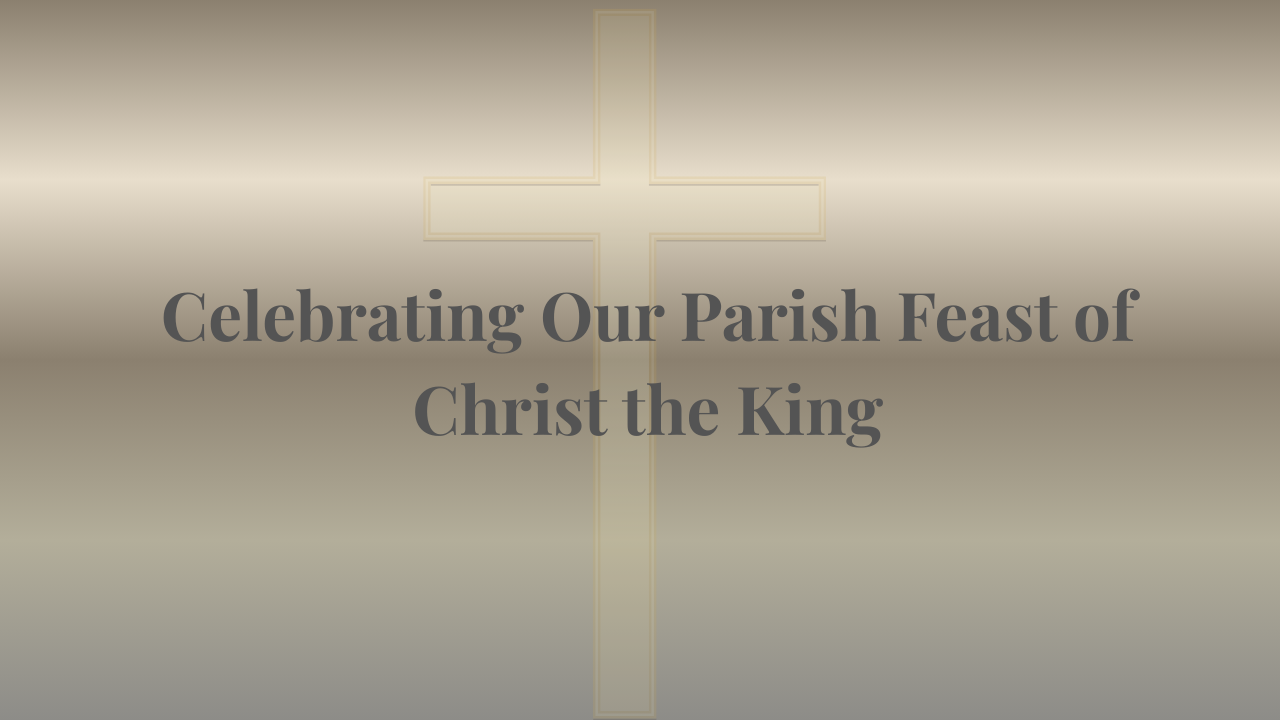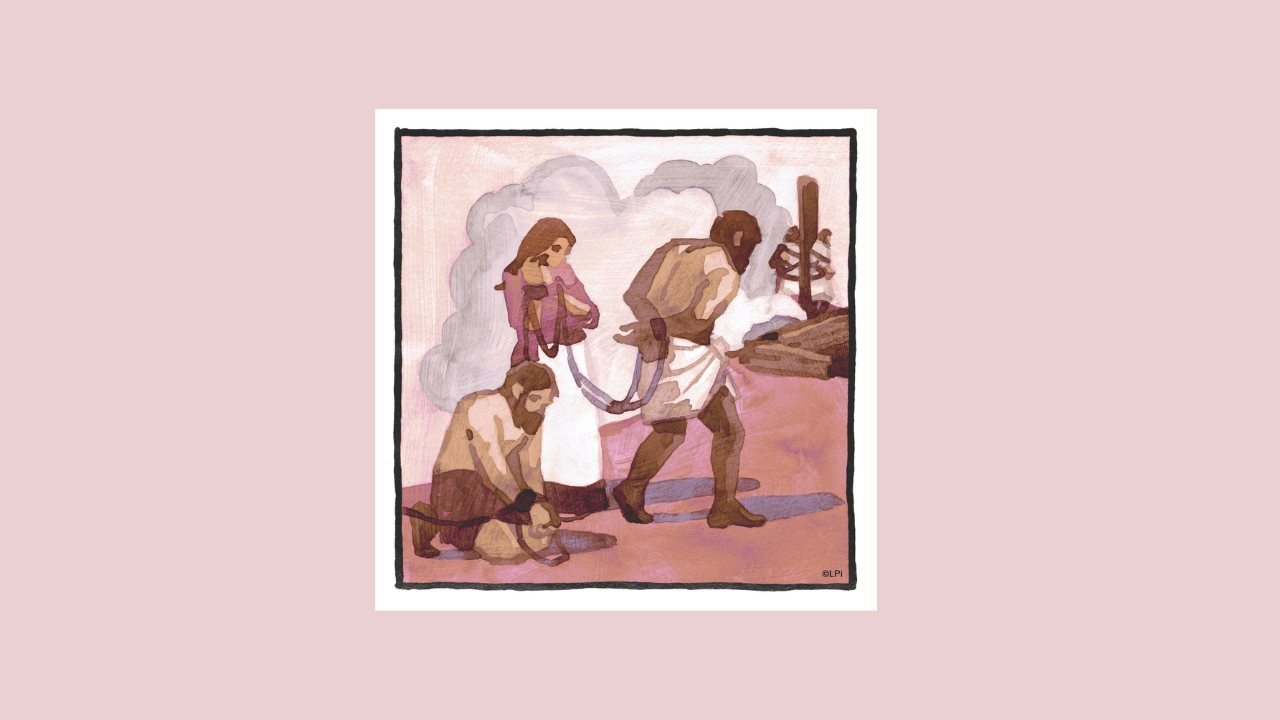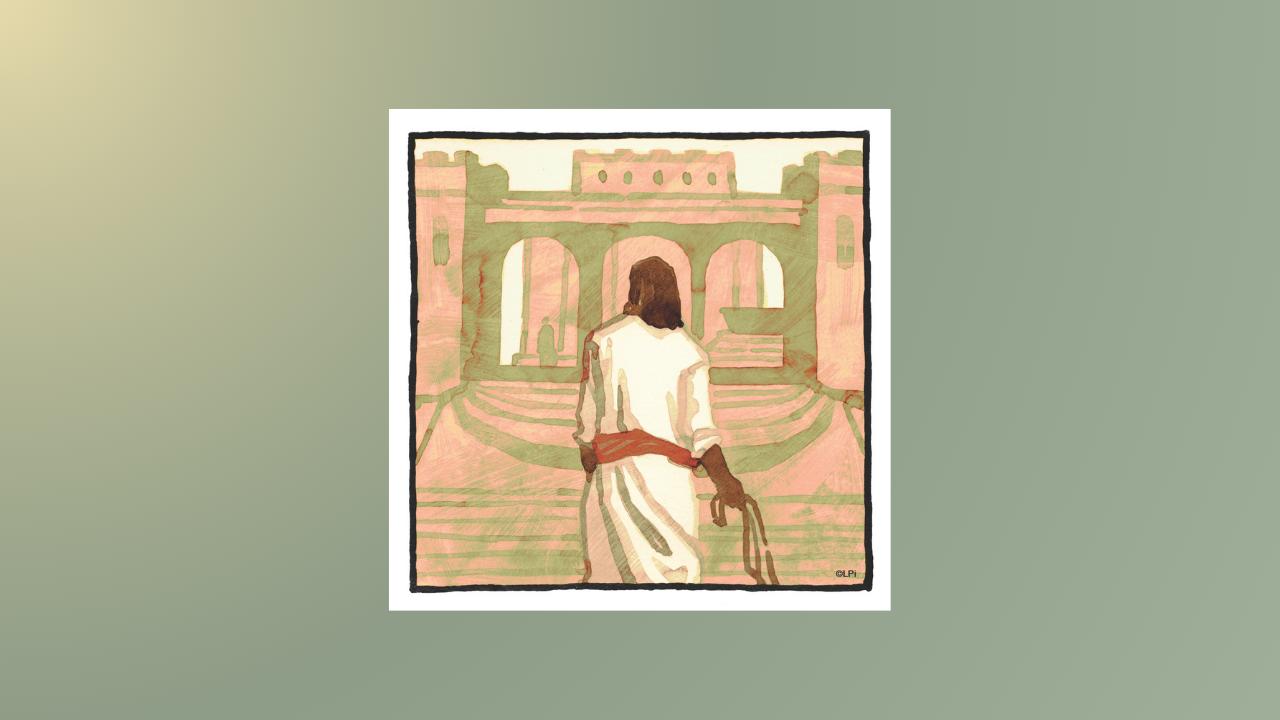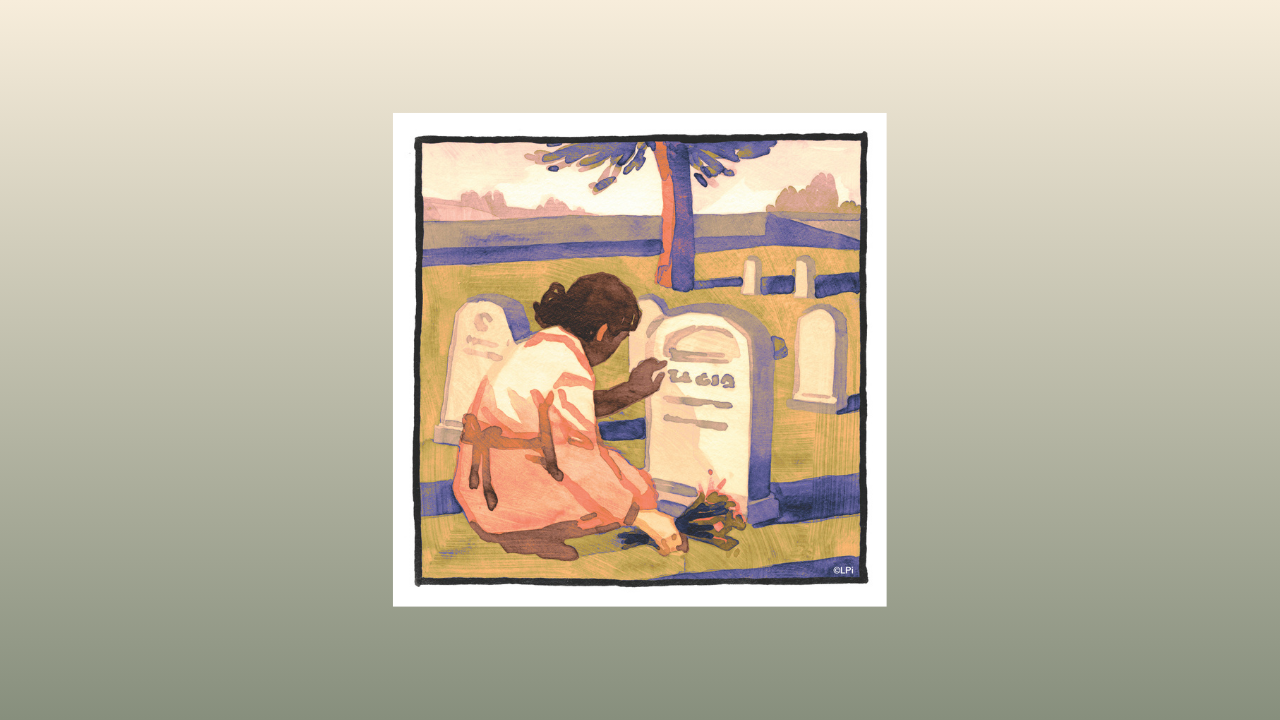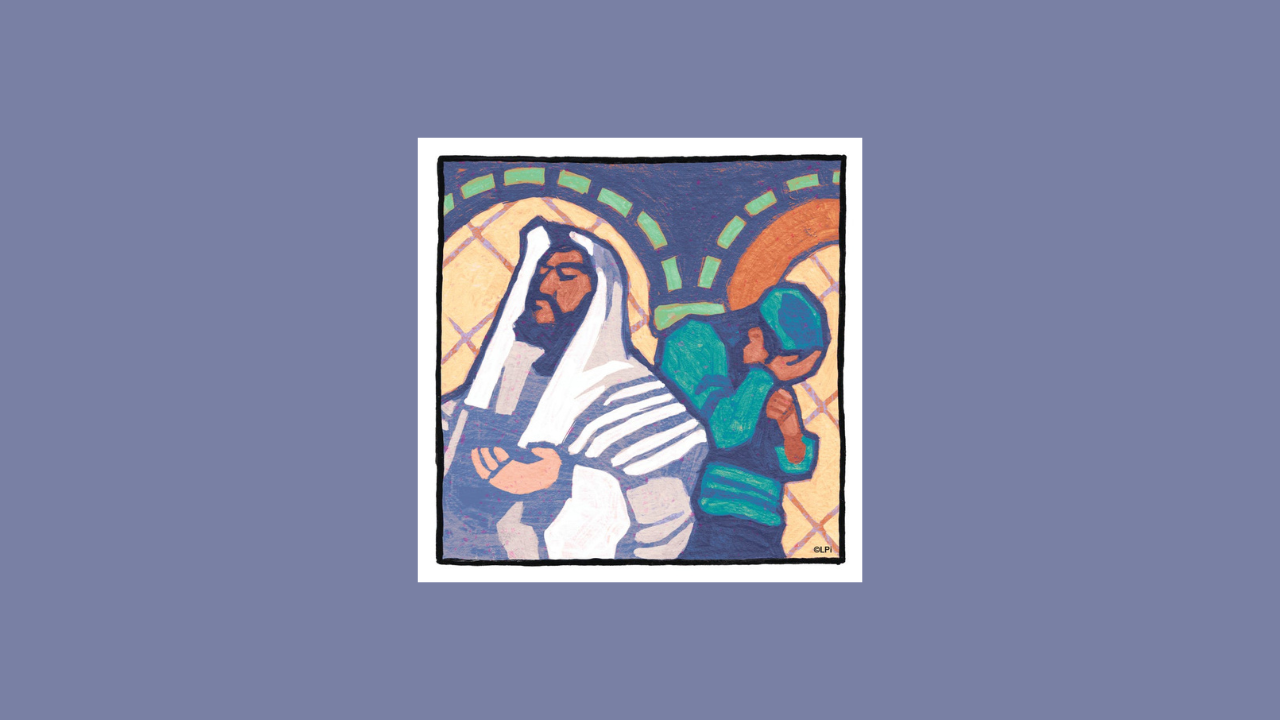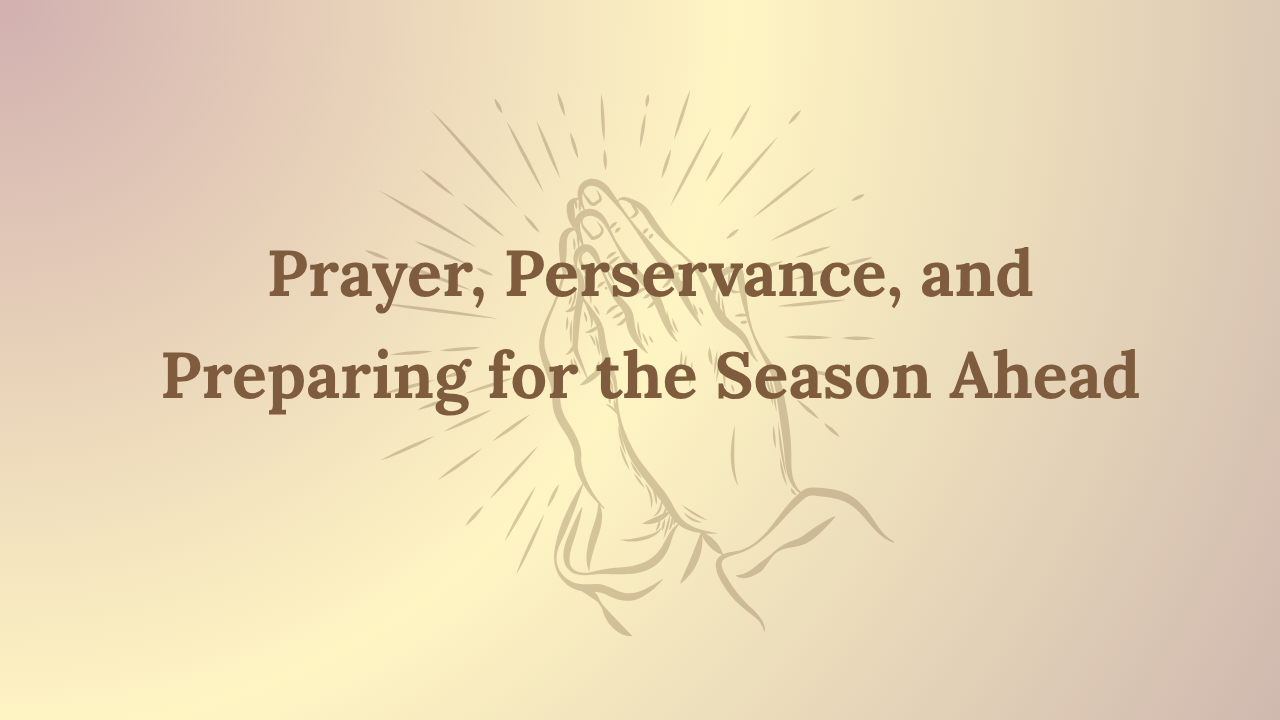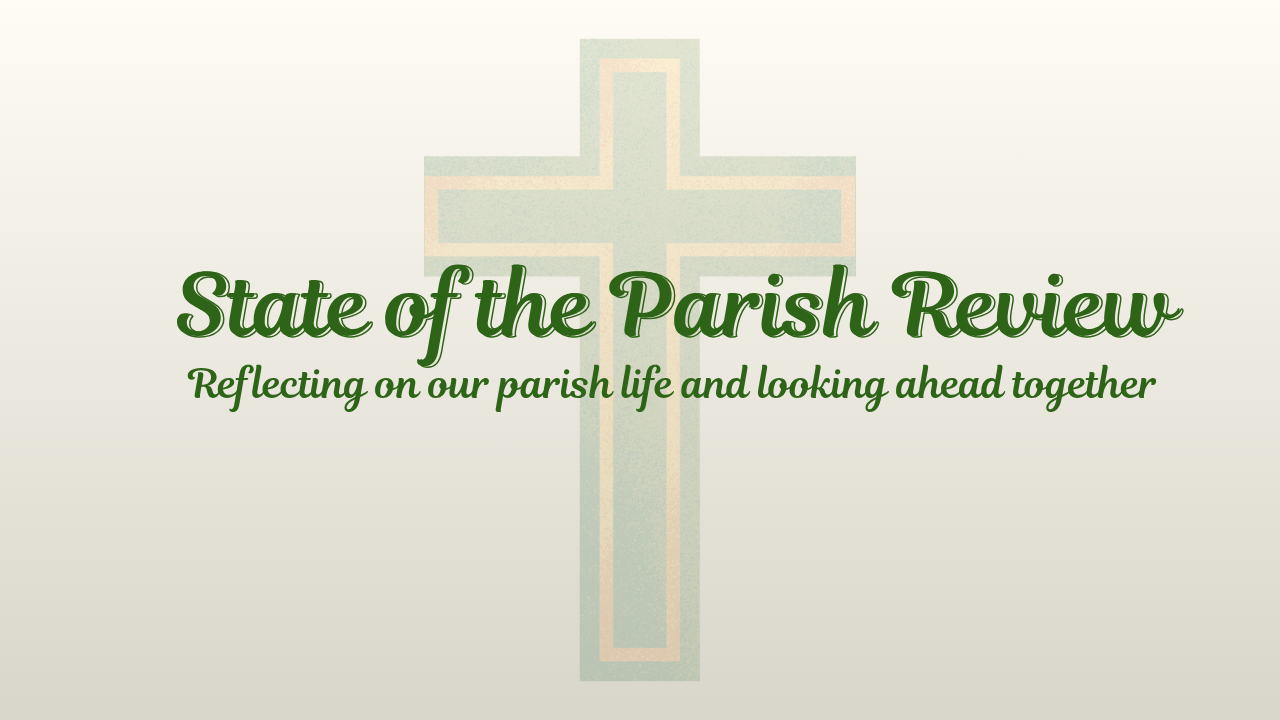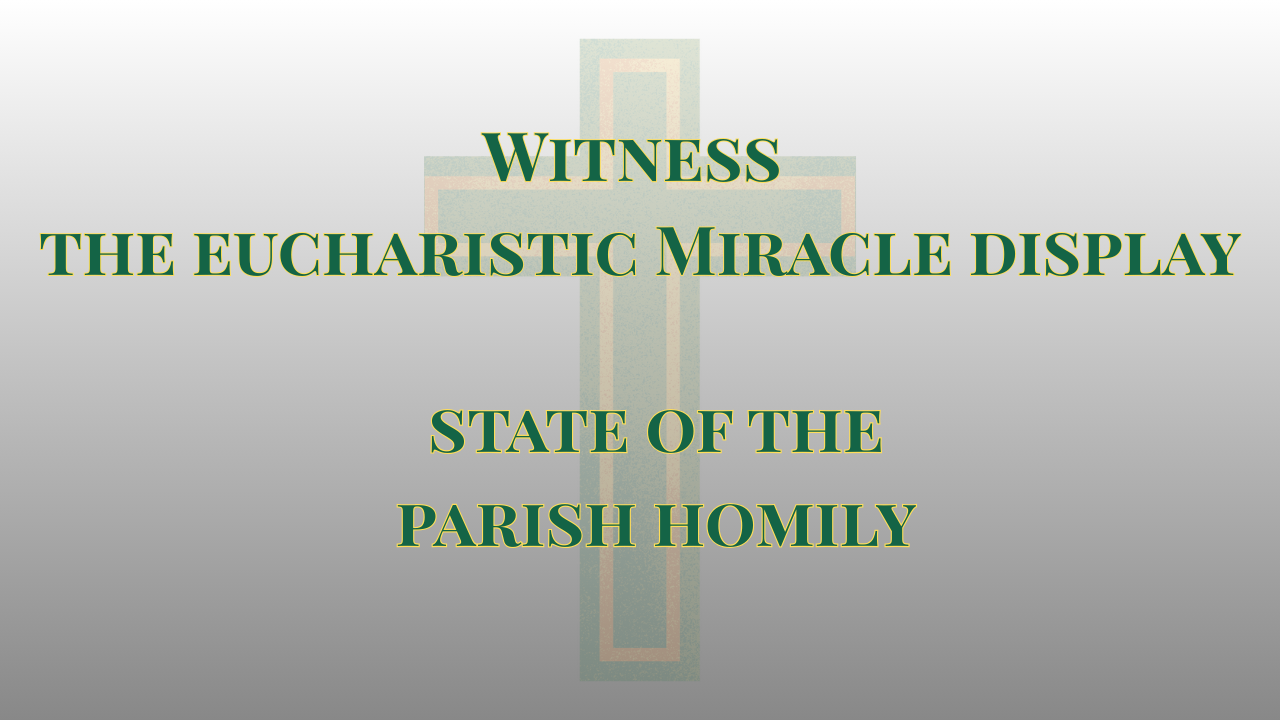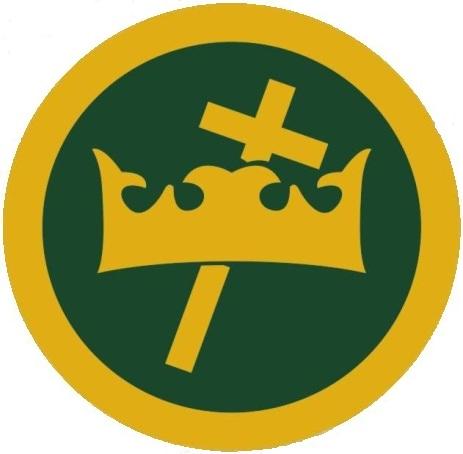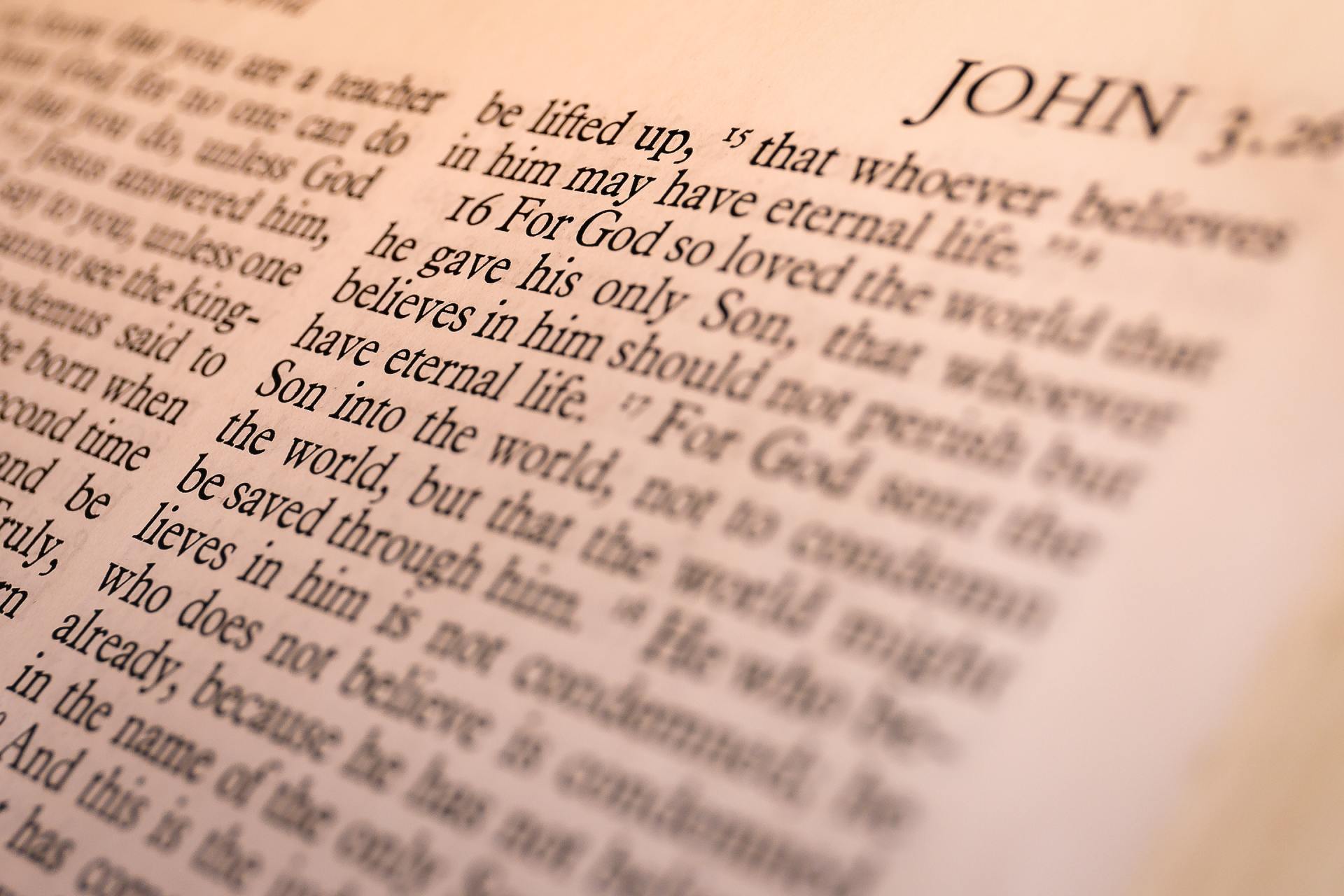"John's Call" by Fr. Chris House
There really can’t be Advent without John the Baptist. Last Sunday, the First Sunday of Advent, we were admonished to be awake and alert and John is just the man for the job.

John’s Call
There really can’t be Advent without John the Baptist. Last Sunday, the First Sunday of Advent, we were admonished to be awake and alert and John is just the man for the job. John is that person who bends down next to your ear and screams WAKE UP! John is a unique character; there is nothing subtle or gentle about him. The rough description of his appearance matches the roughness of his personality; if you were walking down the street and John was walking towards you, you might consider crossing to the other side, if not actually doing so. And as for politically correct/woke culture, it would literally fold-in on itself upon hearing John. This is why you will likely never find a Christmas card with John the Baptist on it.
John may not have been overly concerned about anyone’s feelings, but he was totally concerned about everyone’s salvation; thus the strength and the urgency in his message. We need John the Baptists in our lives. We need those who are on-fire with zeal for the Kingdom of God which is also zeal for souls. We also need not be afraid to allow God to channel a little of John through us at times since our Lord is calling us to work with him in building the Kingdom. John was not nice, he was kind, the same as Jesus. He didn’t give a wink to people’s sins but called everyone to true conversion. May we have the grace to call people to right relationship with God as well as allow ourselves to be called to conversion when needed in our own lives.
The Immaculate Conception of the Blessed Virgin Mary
This Thursday, December 8th, the Church celebrates the Solemnity of the Immaculate Conception of the Blessed Virgin Mary. This day remembers that Mary was kept free from all touch or stain of sin from the very first moment of her conception in the womb of her mother, St. Anne. This great gift of grace was to prepare her to be a perfect vessel in which the Lord Jesus would take on our human nature in all things but sin, taking his flesh and bone from Mary. This great solemnity is a holyday of obligation; Masses will be at 5:30PM for the vigil on Wednesday the 7th and at 7:00AM and 5:30PM on Thursday the 8th. Come and honor Mary our Blessed Mother, the Immaculate Conception, who is patroness of our diocese and nation.
Blessings to you and yours for the week ahead!
Father Chris House

